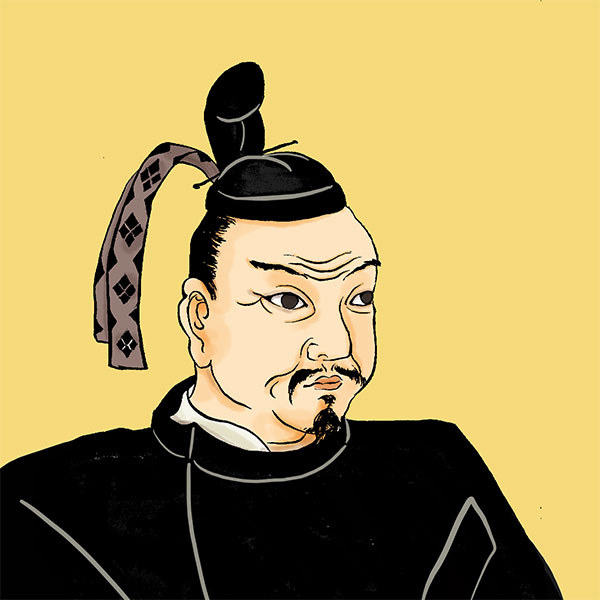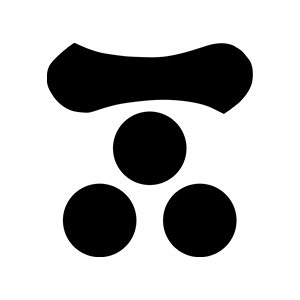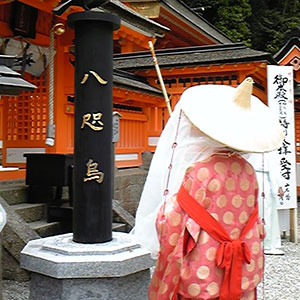- Choshu domainA leading figure in the Meiji government
- The Choshu domain began with Hidenari Mori, the son of Terumoto Mori, one of the Five Elders of the Toyotomi clan, and was ruled by the Mori family until the Meiji Restoration. It became the center of the anti-shogunate movement, and was dominated by Shoin Yoshida, Shinsaku Takasugi, Takayoshi Kido, Masujiro Ōmura, and the philanthropists of Shoin Yoshida and Shinsaku Takasugi.

Hagi castle ruinsHagi City, Yamaguchi Prefecture
- spring
- summer
- autumn
- winter
- TOP
- China
- Yamaguchi Prefecture
- Hagi castle ruins
| Other name | Shizuki Castle |
|---|---|
| castle construction | 1604 |
| address | 1-1 Horiuchi, Hagi City, Yamaguchi Prefecture |
| telephone number | 0838-25-1826 |
| Opening hours | 8:00-18:00 (April-October), 8:30-16:30 (November-December), 8:30-18:00 (March) |
| closing day | No holidays |
| Admission fee | Adults/university/high school students 220 yen/Junior high/elementary school students 100 yen |
- Access to Hagi Castle Ruins
- 5 minutes walk from Hagi Circulation Mall Bus (Western Course) "Hagi Castle Ruins/Shizuki Park Entrance Kitamon Yashiki Entrance" bus stop.
HISTORYNow only the stone walls and moat remain of the Hagi Castle ruins.
Hagi Castle Ruins was a flat castle located in Hagi City, Yamaguchi Prefecture, and was the residence of the Mori clan and the domain office of the Choshu domain.
Due to the castle abolition ordinance issued in 1874, all buildings such as the castle tower, Ninomaru, Sannomaru, and turret were destroyed, and now only the moat and stone walls remain.
This time, let's unravel the history of the Hagi Castle ruins.
- A castle built by a defeated general
- Hagi Castle was built by Mori Terumoto in 1604. Terumoto Mori was the 14th head of the Mori clan and one of the five chief elders of the Toyotomi government. He also served as the commander-in-chief of the Western Army during the Battle of Sekigahara in 1600. Terumoto Mori was one of the most powerful feudal lords in Japan at the time, with territory centered on Aki (present-day Hiroshima Prefecture), San'in, Sanyo, and parts of Kyushu. However, when Tokugawa Ieyasu questioned his responsibility as the commander-in-chief of the Western Army, his territory was reduced from the eight provinces of Sanyo and San'in to 298,000 koku of two provinces, Suo and Nagato, and his eldest son Hidenari Mori became the head of the family. You will be asked to yield to.
Terumoto Mori's life is saved by drinking all of it. They then asked the shogunate where they should move their headquarters from their current residence, Hiroshima Castle. The candidate sites at that time were Hagi, Yamaguchi, and Mitajiri (Hofu City), and the shogunate responded that ``Hagi, a stronghold with a view of the sea, was the best place,'' so it is said that they decided to build a castle in Hagi. .
There is a theory that the Shogunate ordered Terumoto Mori, a male Tozama daimyo, to build a castle in Hagi because he wanted to force him into a remote area in the San'in region. There is also a theory that the Mouri clan recognized it as a ``formal victory ground'' that was an excellent place to fight against other daimyo, so it does not seem that the Mori clan was forced into Hagi.
Terumoto Mouri entered Hagi Castle in 1604, when only a portion of the Honmaru Palace had been completed, and finally died in Hagi. - Hagi Castle in the past
- Hagi Castle, built by Terumoto Mori, is surrounded by the sea on three sides, with a fortification built on the top of Mt. Shigetsu that juts out into the Sea of Japan, and the Honmaru, Ninomaru, and Sannomaru arranged in an echelon style at the foot of the mountain. It was a Hirayama castle surrounded by a triple moat. The layout of the castle, with a stronghold at the top of the mountain and a mansion at the foot of the mountain, is a common sight in medieval mountain castles, and there is a legend that Terumoto Mori built the castle as a backwater camp. The site of the main enclosure is the current Shizuki Park. The castle tower is a composite gazebo with 5 layers and 5 floors, and is approximately 21 meters high, making it the third tallest castle after Himeji Castle (31 meters) and Matsumoto Castle (25 meters). Furthermore, since the castle tower could not be seen from the castle town, it is thought that it did not serve the purpose of showing off the power of the feudal lord. The castle tower was dismantled in 1898, but a few photos still remain. Currently, the castle tower, which has a gentle slope at its base and becomes steeper as it goes up, still remains, allowing us to remember what it once looked like.
- Current Hagi Castle ruins
- Currently, the precincts of the main enclosure, which has a total area of approximately 200,000 square meters, is a national historic site, Shizuki Park, and is a famous spot in Hagi. Inside the park, in addition to the remains of the castle tower, the Nashiwa family tea room, the former Fukuhara family shoin, Manzaibashi Bridge, and Higashien, there is also the Hanae Chatei, a tea room built by the third lord of the domain, Takachika Mori, in his lord's villa, Hanae Goten, which was built in 1897. It has been relocated. In addition, the former Assa Mori family Hagi mansion nagaya, which was located near the Ninomaru south gate, still exists, and was designated as a national important cultural property in 1966, and now functions as a museum.
At the ruins of the fort built on the summit of Mt. Shizuki, part of the earthen wall and water reservoir have been restored and repaired, and the quarry where the stones used for the stone wall were cut still remains.
Shizuki Park is currently one of Hagi's most famous cherry blossom viewing spots, with 600 Somei Yoshino trees planted there, but only one of them is the ``Midori Yoshino'', a pure white cherry tree with green sepals. The Green Yoshino cherry tree is a rare species with only two trees remaining in Hagi City in Japan. When you visit Shizuki Park, be sure to see it for yourself. Every year, it blooms a little earlier than Someiyoshino.
Read the history of people related to Hagi Castle ruins
- Terumoto MouriPrince of the Chugoku region
- During the Sengoku period, there was a feudal lord from Aki Province (present-day Hiroshima Prefecture) in the Chugoku region who grew to become a powerful force, Motonari Mori. Mori Motonari's grandson was Terumoto Mori. Terumoto was in conflict with Oda Nobunaga, who rose to prominence in the Tokai and Kinki regions, and then with Toyota, who rose to prominence.

History of the Choshu domain, whose domain office was the ruins of Hagi Castle
| Domain office | Hagi castle ruins |
|---|---|
| old area | Suo Province/Nagato Province |
| stone height | 369,000 koku |
| Fudai/Tozama | Foreigner |
| main lord | Mori family |
| Estimated population | 799,553 people (Meiji 2) |
Hagi Castle Ruins Column
Introduction column by castle enthusiasts














